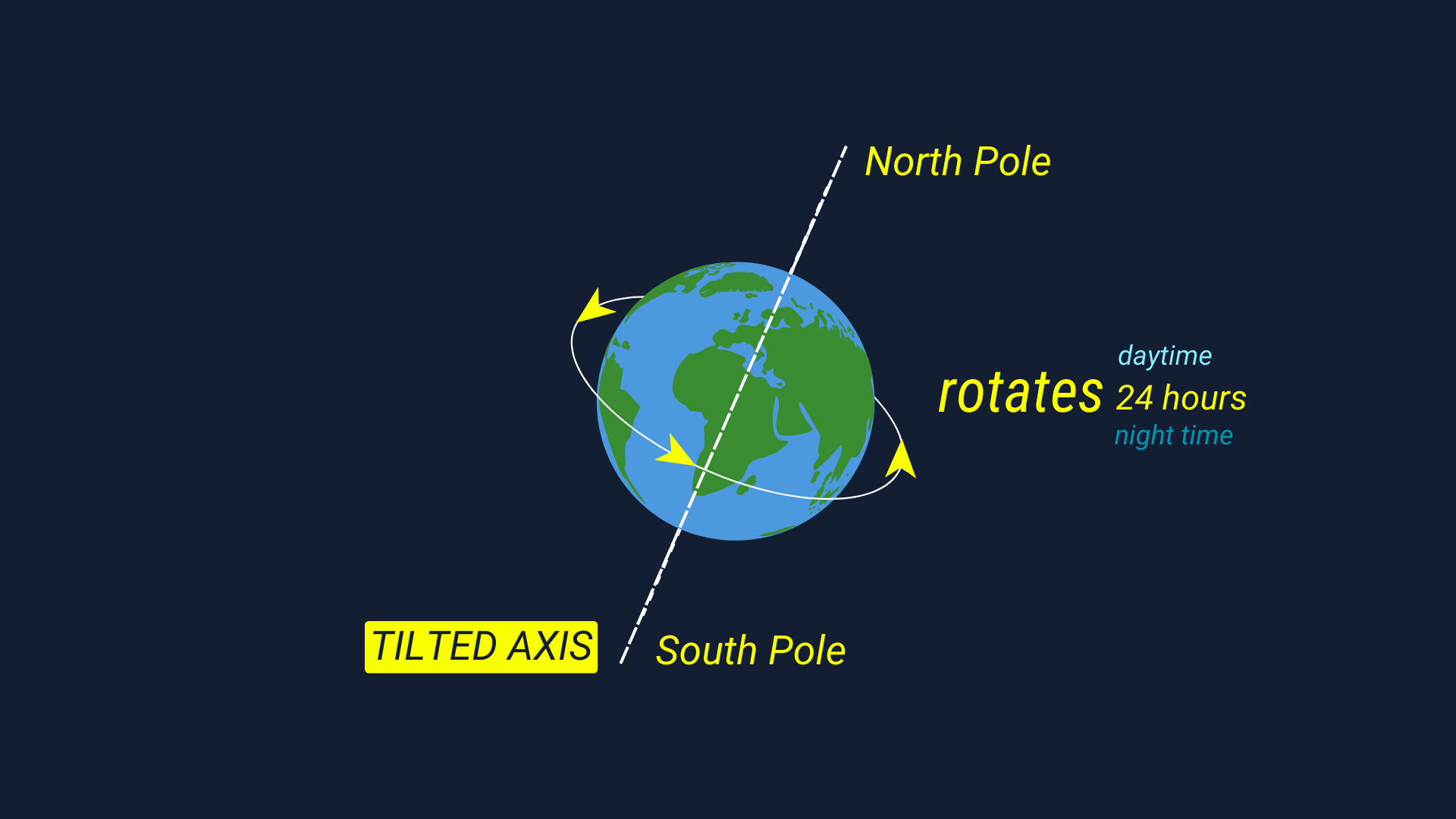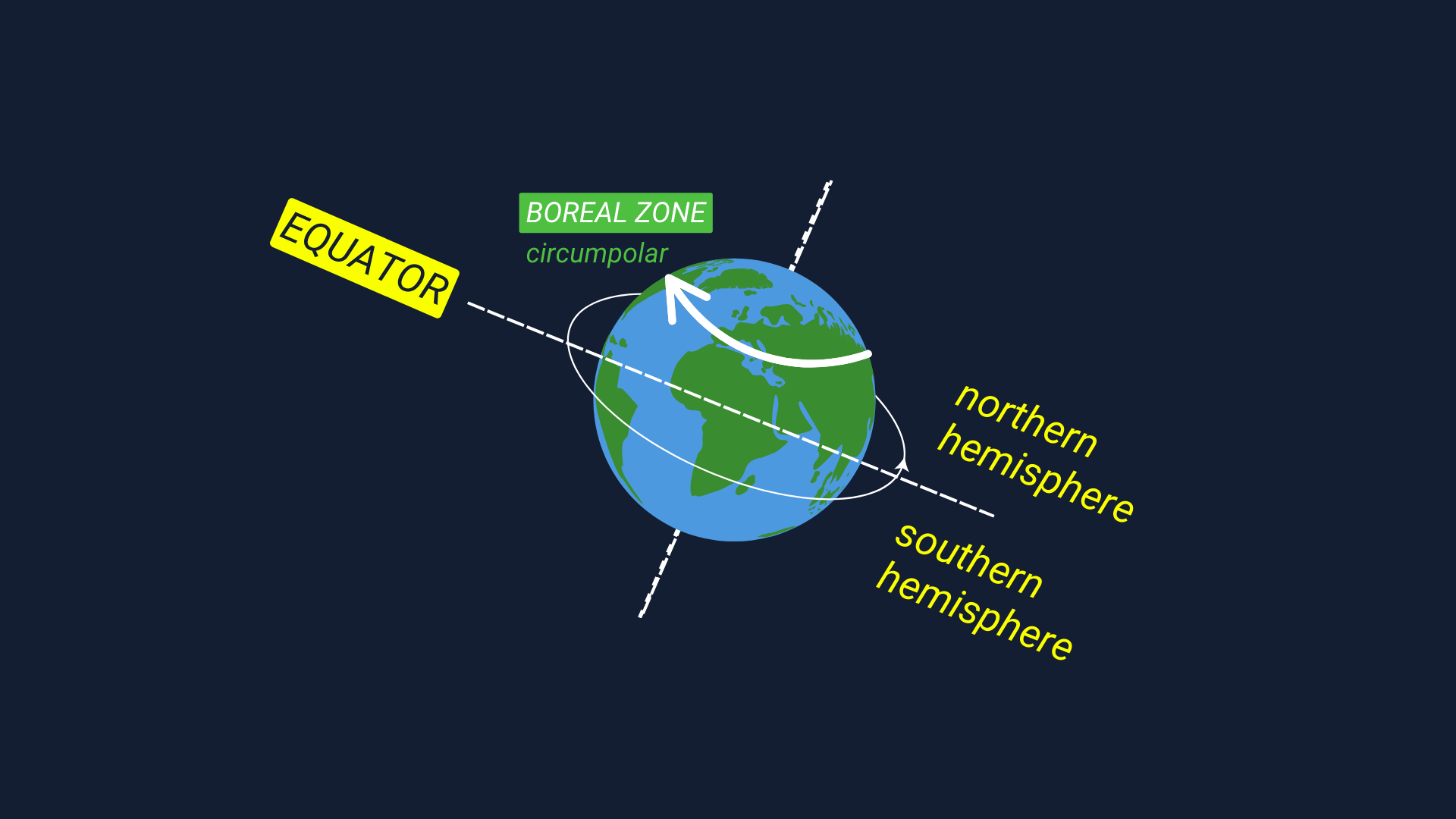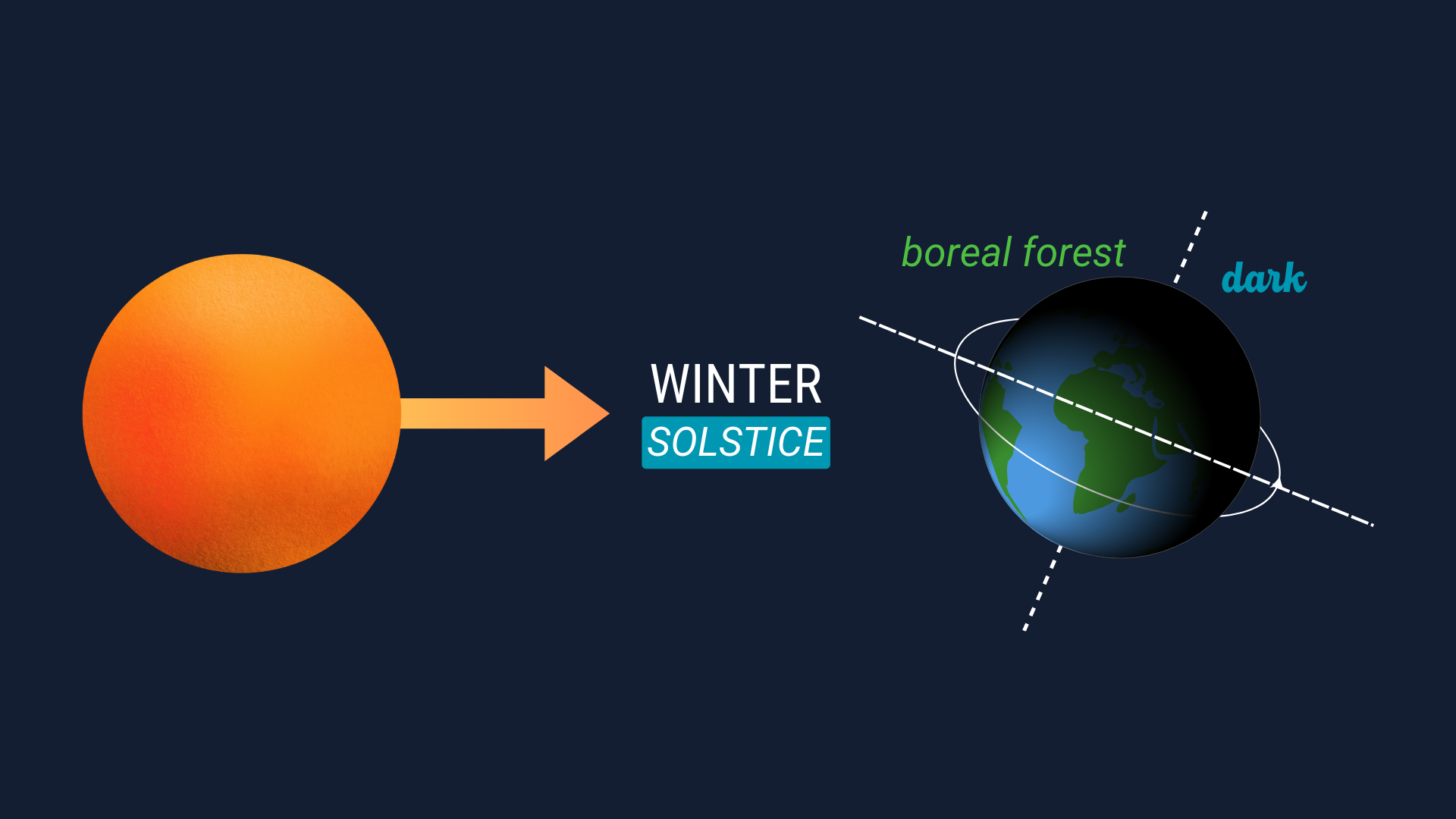
The boreal forest ~ global influencer
The boreal forest, or “taiga”, is one of the largest ecosystems on the planet, home to thousands of trees, plants, animals, lakes, rivers and almost 4 million Indigenous Peoples. It’s an important part of managing environmental change. But very few understand its functions and how the animals and people who live there interact with each other.
It covers one-third of the planet’s land and holds more surface freshwater than any other ecosystem. Its forests store carbon, purifying air and water to regulate the earth’s climate. Its wetlands, lakes, and rivers support a rich variety of plants, animals, and people who call it home.
A ribbon around the top of the world
The boreal is often called “circumpolar” because it wraps around earth's northern regions including many parts of Canada, Norway, Sweden, Russia and China.
Winters are long, cold, dark, windy and covered by snow. Summers are short and cool but forests and meadows come alive with wildflowers and animal activity.
Succession ~ how the forest grows
Succession is basically how plant and animal communities change over time. In the boreal, a burned area or an open field will gradually turn into a mature forest over a couple hundred years if nothing interrupts it. Storms, fires, floods, insect infestations, and human activities can all shake things up and alter the usual pattern of succession and change how this process unfolds.

PIONEER STAGE | After a fire or an area has been cleared, the first plants to move in will be things like grasses, fireweed, raspberries, and wild roses that help stabilize the soil.

SHRUB STAGE | After about 10 years, willows, alders, and other shrubs like high bush cranberry and soapberry start to grow.

YOUNG FOREST | Over the next 100 years, alders, birch and aspen will reach their full height, casting too much shade for most shrubs, but creating a good environment for spruce trees.

MATURE FOREST | After about 200 years, the forest will be a mixture of balsam poplar and smaller white spruce and shade tolerant mosses and lichens will take over the forest floor.

OLD GROWTH FOREST | By 300 years, the forest will be dominated by white spruce trees of all ages, from tiny seedlings to towering giants. This is typically when forest fires occur, a crucial part of the boreal forest regeneration process.
Wetlands ~ water, water, everywhere
The boreal is actually more water than forest, with over two-thirds of the area covered by wetlands. Wetlands are unique ecosystems that can be seasonally or permanently water-saturated. They host plants and trees adapted to wet conditions, including a mix of trees, shrubs, grasses, sedges, and moss. They’re essential for moving water and nutrients over long distances, but this also makes them vulnerable to development that can disrupt their natural flow.
Underfoot ~ the organic section
Almost one quarter of all the organic matter in the boreal forest comes from mosses and lichens. These tiny organisms are crucial to the boreal ecosystem, providing food for mammals and insects and colonizing rock surfaces, gradually breaking them down and adding new minerals to the soil.
Mosses belong to a group of plants known as bryophytes. They’re non-vascular, meaning they lack the tubes that transport water and nutrients throughout their systems.
Lichens aren’t actually plants, but a cross between fungi and algae. This relationship works well for both: the algae make food through photosynthesis, while the fungi give them a place to live.
Seasons ~ another trip around the sun
As the earth travels around the sun every year, different parts of the world receive different amounts of sunlight and that causes the seasons to change. When it’s summer up here in the boreal forest, it’s winter in southern places like New Zealand…
In simple terms, when there is more sunlight, the days are warmer and longer (summer), and when there is less sunlight, the days are colder and shorter (winter). During the spring and fall the amount of sunlight is about the same and temperatures are less extreme.
To understand seasonal changes in sunlight, we have to look at how the world turns. The earth is spinning around itself and circling around the sun at the same time. And it turns out the there is a tilt that is the reason for the seasons…
The tilt is the reason for the seasons…

Every 24 hours, the earth spins around itself (rotates) on a pole called its axis. When it faces the sun it’s daytime and when it spins away the sun sets. The earth’s axis is an imaginary line that extends from the south pole to the north pole. The axis is tilted on an angle that never changes.

The equator is an invisible ring around the middle of the earth. The boreal is a zone of land and forests that wraps around a large part of the northern hemisphere. The southern hemisphere is below the equator.

Every 365 days, the earth revolves around the sun once, on a path called its orbit. The earth’s orbit is an oval shape, not a perfect circle.

As the earth revolves around the sun tilted on its axis, the hemispheres receive different amounts of sunlight and they experience four different seasons.

In the boreal forest, when the sunlight hits the furthest point above the equator it’s a summer solstice (June 21). In parts of the boreal forest, there is almost 24 hours of daylight during this period. But remember, it's winter in places like New Zealand now...

When the sunlight hits the furthest point below the equator it’s a winter solstice (December 22). In parts of the boreal forest, there is almost 24 hours of total darkness (and frigid!!!) during this period. New Zealand is a good place to visit at this time of year!

When the sun passes directly over the earth’s equator, an “equinox” occurs. This happens twice a year in spring (usually March 21st) and fall (usually September 22). During an equinox, the amount of daylight and the amount of darkness is about the same (12 hours a day).

It can all seem a bit dizzying at first, but when you look at the big picture, the science of the seasons is pretty cool - or hot depending on the time of year.
Moon phases ~ another turn around the earth
Why does the moon appear to change its shape? This is because the part of the moon lit up by the sun changes as the positions of the sun, Earth, and moon are constantly shifting.
In our solar system, the sun is the only object that shines with its own light. The “moonlight” we see is actually the sun’s light reflecting off the moon’s surface.
As the moon travels around the earth, sunlight reflects off different parts of the lunar surface and the moon appears to change its shape.
It takes the moon about a month (29.5 days) to travel through its eight different “phases” of the moon – the lunar calendar.
Click through the images below to learn about the phases of the moon

NEW MOON | This is the invisible phase of the moon. The illuminated side of the moon is facing the sun and the night side is facing the earth.

WAXING CRESCENT | The moon looks like a silver “sliver” in a crescent shape. Every day in the “waxing” phase, the moon appears a little bit larger and rises a little bit later.

FIRST QUARTER | The moon is one-quarter of the way through its monthly journey and one half appears to be illuminated. This moon rises around noon and sets around midnight.

WAXING GIBBOUS | Now most of the moon’s dayside has come into view, and the moon appears brighter in the sky. The portion of the moon that is illuminated continues to increase…

FULL | The moon is now opposite the sun, as viewed from Earth, and it appears to be completely illuminated. A full moon rises around sunset and sets around sunrise.

WANING GIBBOUS | As the moon begins its journey back toward the sun, the opposite lighted side now appears to shrink. The moon rises later and later each night.

THIRD QUARTER | The moon looks like it’s half illuminated from the perspective of Earth. It rises around midnight and sets around noon.

WANING CRESCENT | In its “waning” phase, the moon appears a little bit smaller every day. Soon the silver “sliver” will reach its “invisible” new moon phase and start another 30-day cycle.
Constellations ~ a compass in the stars
People have always turned to the stars for guidance and meaning. Constellations are basically pictures formed by groups of bright stars.
One of the most famous in the northern hemisphere is Ursa Major, or the Big Dipper, which features the North Star. This star has been a key navigational tool for centuries.
Northern Lights. Dancing in the sky…
Northern Lights. Dancing in the sky…
When solar winds and gases collide…
The spectacular, colourful light displays seen in the night sky over the boreal regions are known as the northern lights, or aurora borealis. These lights happen near the earth’s magnetic poles (the same thing happens near the south pole – there’s just fewer people to see them).
The light is created by a solar wind (a blast of charged electrons and protons from the sun) that blows around our planet. When these charged particles launched along Earth's magnetic field collide with gases in Earth's upper atmosphere, it creates collisions or tiny flashes that fill the sky with colourful light. When billions of flashes happen together, the light appears to move or shimmer. Some people think those lights are our ancestors, dancing across the sky.








